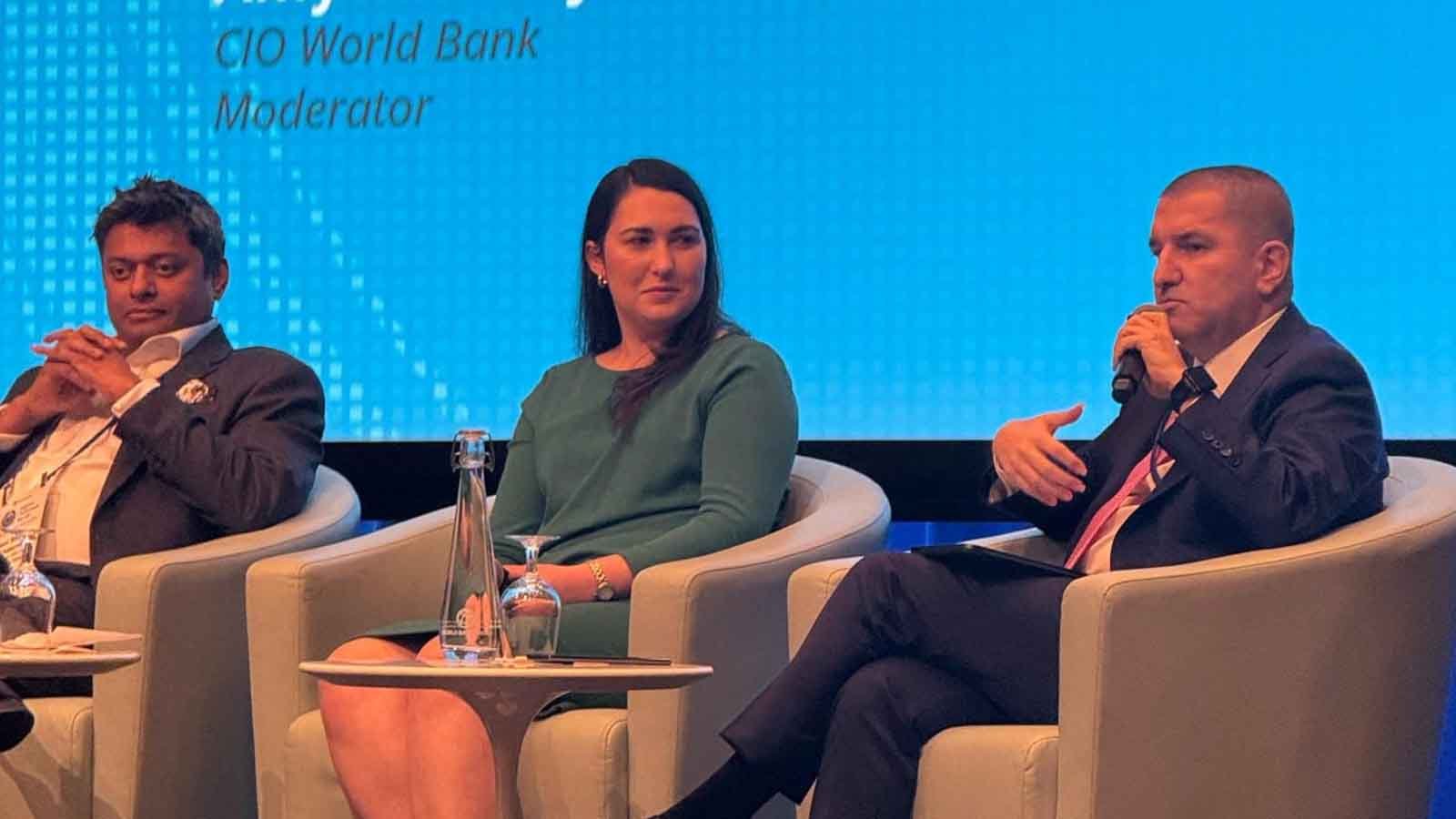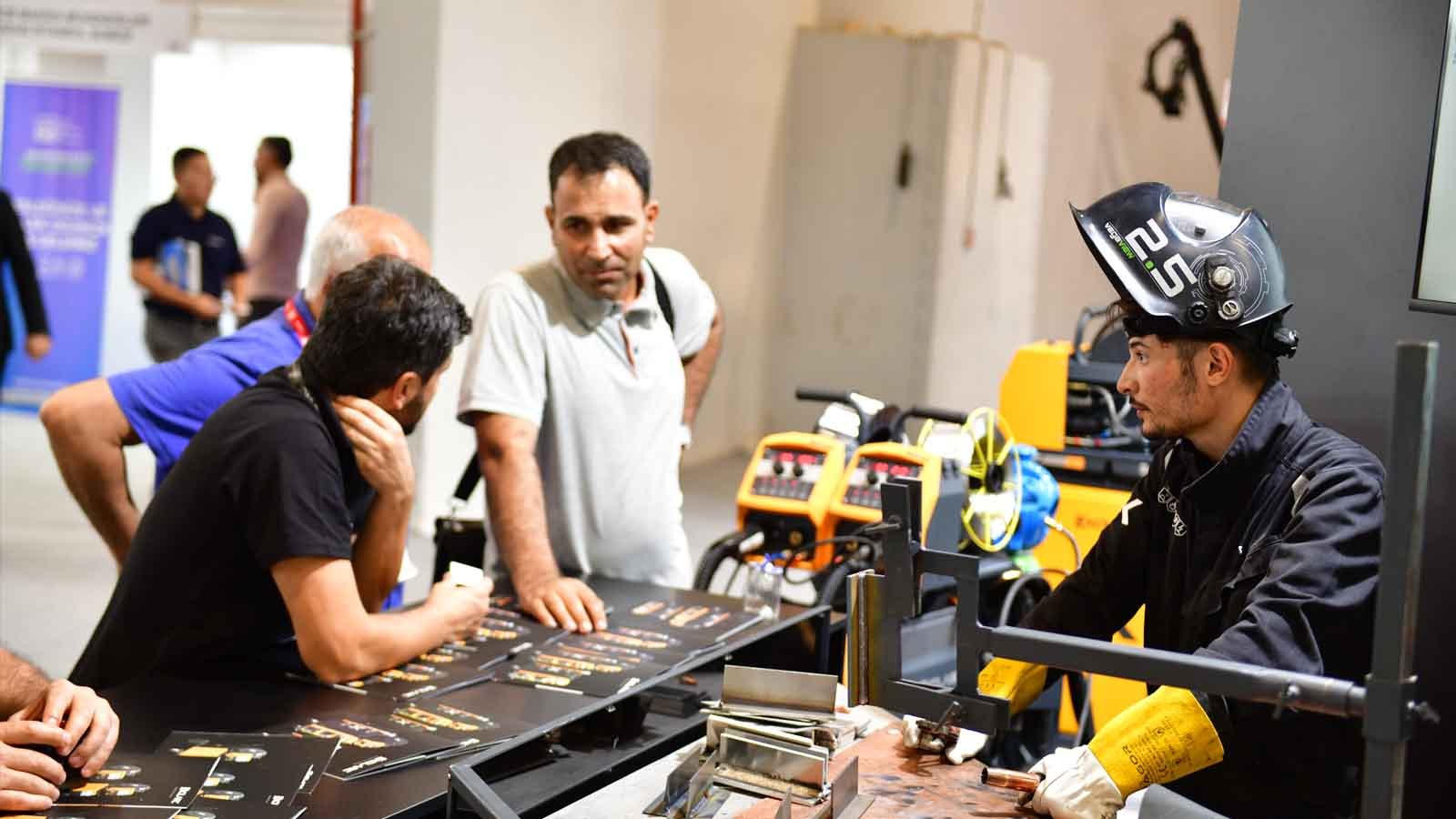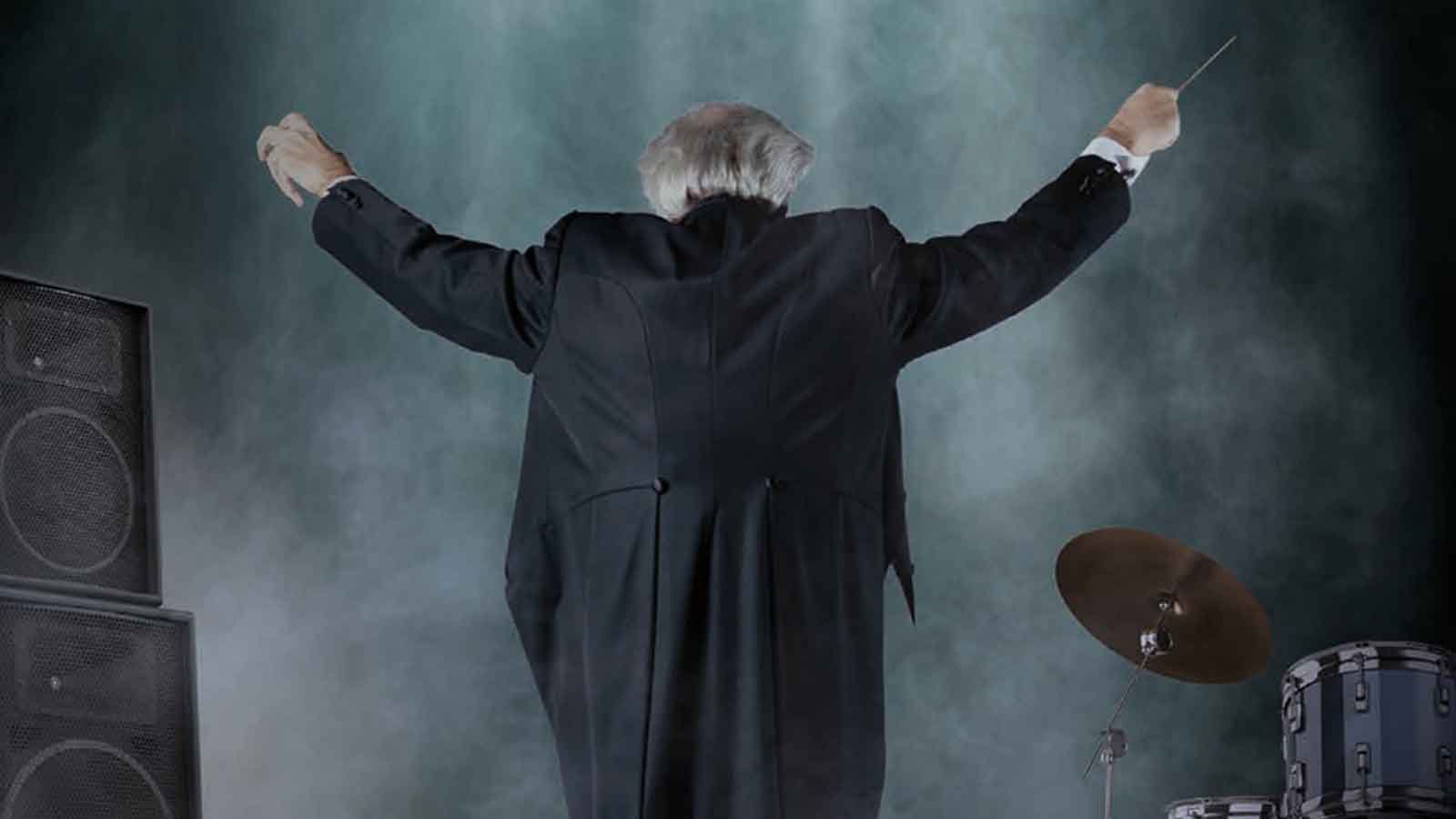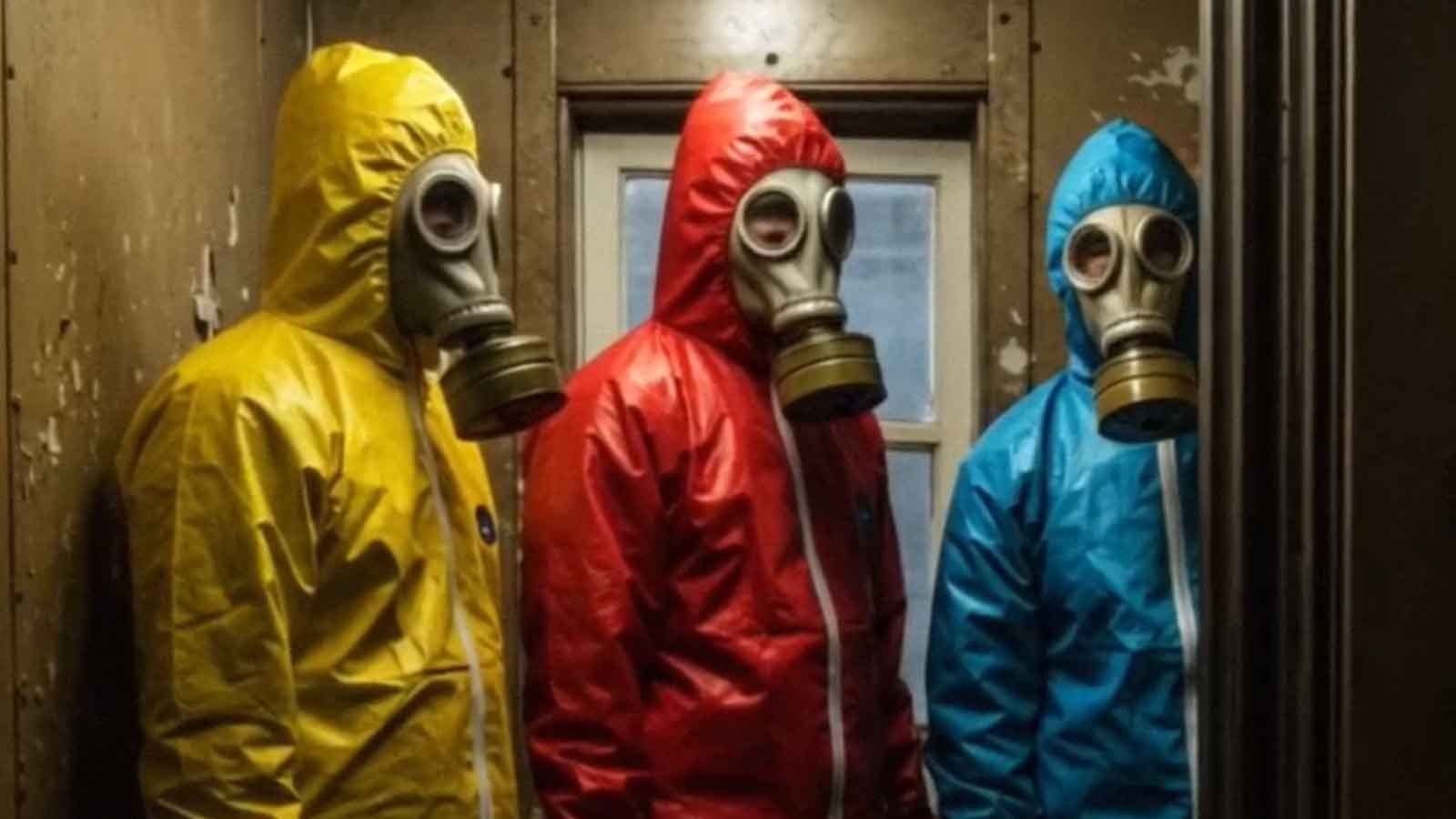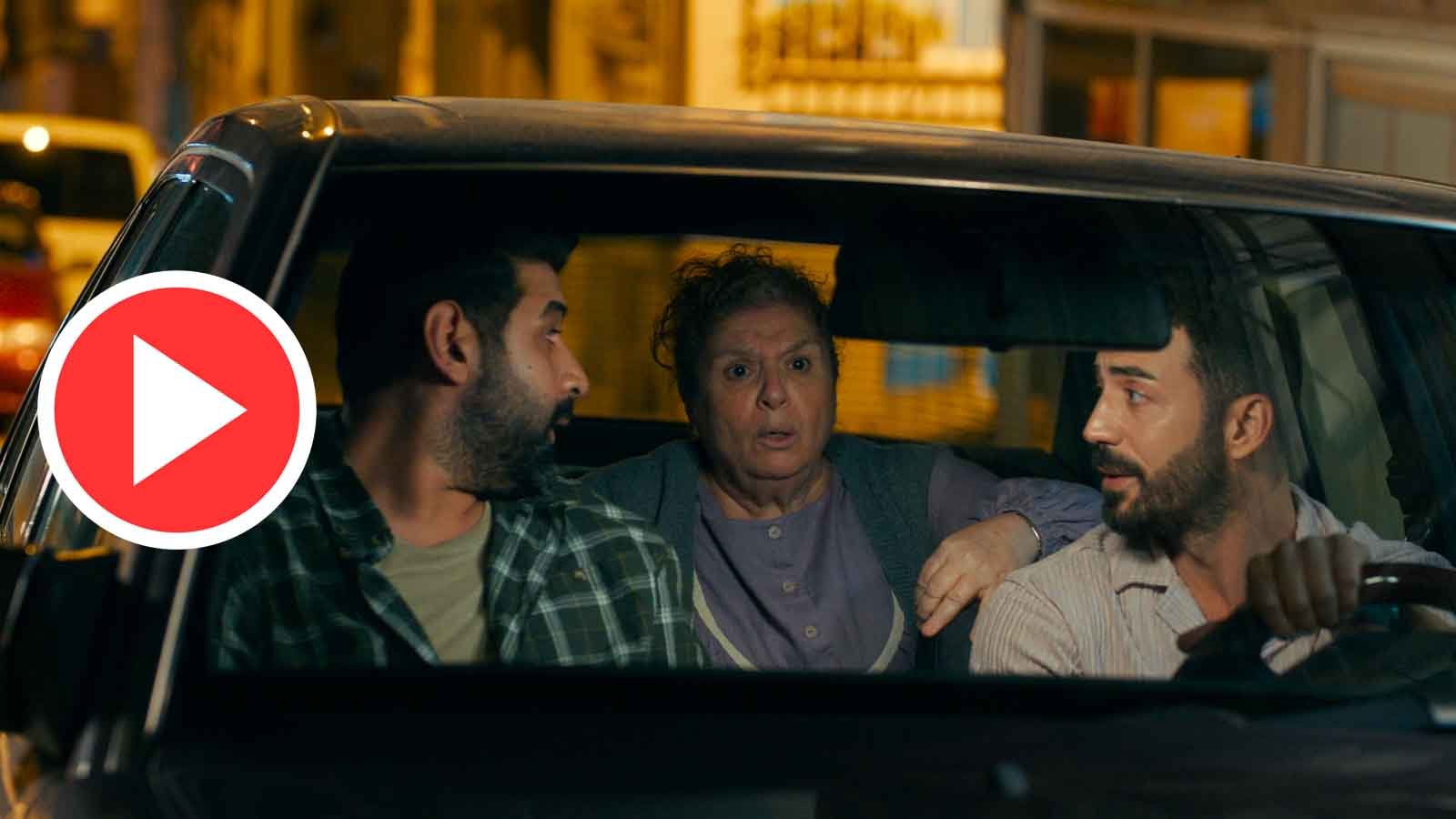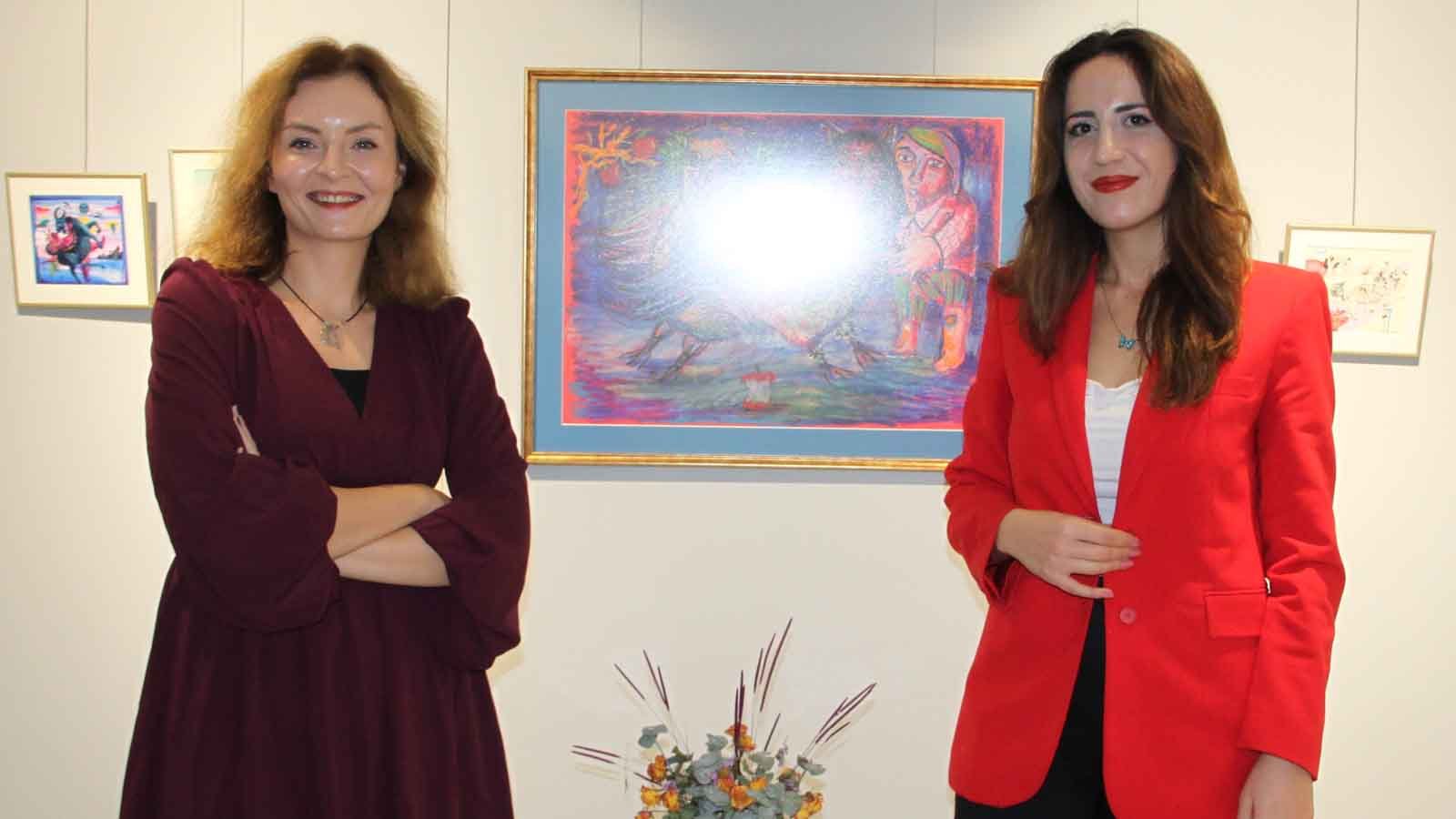As part of Baksı Culture and Arts Foundation’s “Hüsame Köklü Women’s Education Center” project, an original performance by Prof. Dr. Mehmet Kavukçu brings together the power of nature and women on Bayburt’s snowy hills. Using ice sculptures at the construction site of the Women’s Education Center, the performance visualizes women’s productivity and resilience, blending harmoniously with the natural cycle of winter.
In the challenging winter landscape of Eastern Anatolia, we witness a unique encounter between art and women’s strength. As part of Baksı Culture and Arts Foundation’s “Hüsame Köklü Women’s Education Center” project, an original performance by Prof. Dr. Mehmet Kavukçu, Dean of Erzincan Binali Yıldırım University Faculty of Fine Arts, comes to life at the construction site of the Women’s Education Center on Bayburt’s snowy hills.
This performance serves as a creative reflection of Baksı Culture and Arts Foundation’s vision to support women’s education, employment, and empowerment, symbolizing the resilience of Anatolian women who continue to produce even in harsh natural conditions.
The Poetic Language of Ice
In this project, where contemporary art meets nature, the transparency and patterns of ice merge with the strength and elegance of women. Prof. Dr. Kavukçu transforms nature’s harshest state into an artistic language, visualizing women’s productivity and resilience through ice sculptures.
“Art should become a way of life,” says Prof. Dr. Kavukçu, adding: “The relationship with nature is a process of persuasion. In this project, we persuade nature: ‘Come, let’s work together.’ This reflects a deep level of communication between humans and nature. Here, the dialogue extends not only from person to person but also from nature to humans.”

Voluntary Support: The Spark of Change
The founder of the Baksı Culture and Art Foundation, Prof. Dr. Hüsamettin Koçan, describes the uniqueness of the project: “The transparency and patterns created by ice suit women so well. Our culture of embroidery always comes from women. In this project, ice, just like our women, represents both strength and delicacy.”
Prof. Dr. Koçan points out that the success of the Hüsame Köklü Women’s Education Center will grow exponentially with the volunteer support from all sectors of society. He says, “Twenty years ago, we embarked on a journey with a dream at Baksı, and today, we are at a new turning point. The Hüsame Köklü Women’s Education Center, rising on the banks of the Çoruh River, is not just a building but the very symbol of hope blooming in the ancient lands of Anatolia. However, we are not alone in this journey, nor should we be. Just as a carpet cannot be woven alone, and an embroidery cannot be stitched with a single needle, this center will only come to full meaning with your support. Every one of our volunteers will be an indispensable part of this great fabric.”
“We are bringing together the ancient tradition of cooperative work (imece) from these lands with the needs of modern times. I invite you to be part of this great transformation. Come, join us in the economic independence journey of our women in Bayburt. Come, let’s introduce our traditional handcrafts to the world. Come, let’s write the story of these lands together,” he adds.
A Multi-Layered Artistic Experience
The performance goes beyond offering a visual experience. Within the scope of the project, a new dimension opens where art and nature dance as a table is set for the free spirits of the sky. The food scattered for birds waits like seeds of dialogue that will sprout in the future. Prof. Dr. Kavukçu shares the poetic story of this encounter:
“In this project, we wanted to make birds a part of art. Their relationship with this space, with this creation, will actually show the harmony between nature and humanity. Every grain of food waits patiently on the earth, like an invitation written for the guests coming from the sky.”
From Snowflakes to Art: A Winter Tale in Bayburt
“The winter season may be nature’s time to rest, but the rhythm of art never stops,” says Kavukçu, continuing: “This project is a reflection of the determination of our women who continue to produce with passion despite harsh weather conditions. Like snowdrops blooming under the snow, each of our creations becomes a symbol of hope and resilience. Even when cold winds blow, our hands keep working because the warmth of art heats our hearts. While creating, we forget time, transcend the seasons. This experience is one of the most concrete examples of the transformative power of art. Each motif actually carries the traces of our women’s belief in life and production.”
Sustainable Art
This work, which holds a special place among Prof. Dr. Mehmet Kavukçu’s socially engaged art projects throughout his career, brings a new breath to the cultural fabric of Bayburt while adding an artistic perspective to women’s education and employment. The project symbolizes the uninterrupted productivity of art and women’s strength despite the challenges of the winter season.
About the Hüsame Köklü Women’s Education Center:
The Hüsame Köklü Women’s Education Center, established by the Baksı Museum and Baksı Culture and Art Foundation, aims to enable women living in Bayburt to participate effectively in economic, social, and cultural life through production, while supporting women’s education and employment.
With the contributions of volunteer donors, both financial and in-kind, as well as support from the European Union Civil Think Program, the foundation of the project was laid. It is expected to be completed by the end of 2025 with a 100 million TL investment. The Women’s Education Center, located on the banks of the Çoruh River and backed by Bayburt Castle, is being constructed with the ideas, cooperation, and support of creative volunteers from various fields of social and cultural production in Turkey.
The 800-square-meter land previously donated by Hüsame Köklü has been moved to its current location of 8,000 square meters with the help of Bayburt Municipality. The center will be built on 2,897 square meters of space on 8 acres of land, with the first phase aimed at providing education to 100 women and the eventual goal of training approximately 1,000 women to contribute to employment. The center will include seven workshops, a daycare, a library, two guesthouses, an exhibition hall, a café, and a multipurpose hall. It will also provide an opportunity to market locally produced goods by the region’s women to the world.










